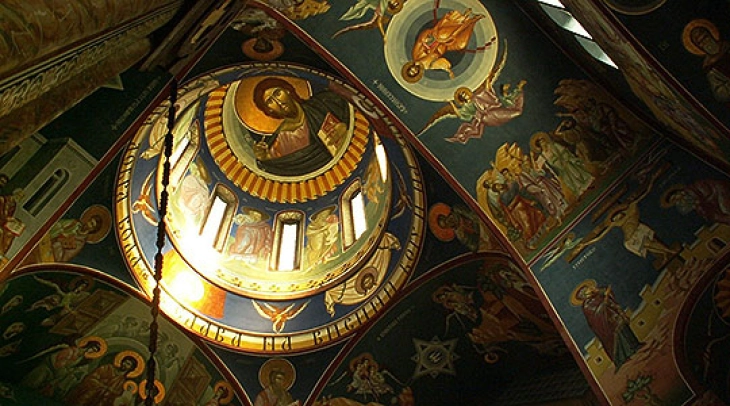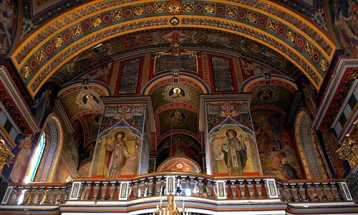Religious calendars
- Born in the village of Tekoa, close to Bethlehem, he was of simple birth and lived a simple life.
- Post By Ivan Kolekevski
- 08:03, 28 June, 2024

28 June 2024 (MIA)
Macedonian Orthodox Church Calendar
The Holy Prophet Amos
Born in the village of Tekoa, close to Bethlehem, he was of simple birth and lived a simple life. Amos was a herdsman for rich men in Jerusalem. But God, who never looks into `Who’s Who’, and judges a man by the purity of his heart and not by his external appearance, the same God who took Moses and David from their sheep to make them leaders of the nation; this same God also took Amos to be His prophet. Amos rebuked King Uzziah and his pagan priests for their idolatry and turned the people from the worship of the golden calves, teaching them to worship the one, only and living God. When Amaziah, the chief of the pagan priests, began to persecute him, he prophesied the triumph of the Assyrians over Israel, the slaying of King Jeroboam and Amaziah’s sons and the defiling of his wife by the Assyrian soldiers before his own eyes, because Amaziah had led the nation into adultery with idols. And so it all came to pass. The son of the priest struck the prophet on the forehead with a staff so forcefully that he fell down. He was carried, barely alive, to his village of Tekoa, where he surrendered his holy soul to God. He lived in the 8th century before Christ.
Catholic Calendar
St. Irenaeus
The writings of St. Irenaeus entitle him to a high place among the fathers of the Church, for they not only laid the foundations of Christian theology but, by exposing and refuting the errors of the gnostics, they delivered the Catholic Faith from the real danger of the doctrines of those heretics. He was probably born about the year 125, in one of those maritime provinces of Asia Minor where the memory of the apostles was still cherished and where Christians were numerous. He was most influenced by St. Polycarp who had known the apostles or their immediate disciples. The date of death of St. Irenaeus is not known, but it is believed to be in the year 202. The bodily remains of St. Irenaeus were buried in a crypt under the altar of what was then called the church of St. John, but was later known by the name of St. Irenaeus himself. The Calvinists destroyed this tomb or shrine in 1562 and all trace of his relics seems to have perished.







